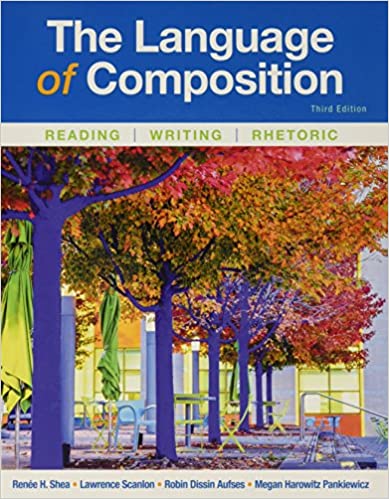COURSE DESCRIPTION
PERRINE'S LITERATURE: STRUCTURE, SOUND, AND SENSE, 13th Edition
PERRINE'S LITERATURE: STRUCTURE, SOUND, AND SENSE, 13th Edition, introduces the fundamental elements of fiction, poetry, and drama in a concise and engaging way, addressing vital questions that often are ignored, such as "Is some literature better?" and "How can it be evaluated?" A remarkable selection of classic, modern, and contemporary readings brings the elements of literature to life -- ensuring broad appeal to students of diverse backgrounds and interests. The most recently published MLA guide (8th edition, 2016) is reflected throughout. Updated with new stories, poems, and plays by some of the finest authors of any era, this edition remains true to Perrine's original vision while addressing the needs of a new generation of students.
Table of Contents
WRITING ABOUT LITERATURE.
I. Why Write about Literature?
II. For Whom Do You Write?
III. Two Basic Approaches.
1. Explication.
2. Analysis.
IV. Choosing a Topic.
1. Papers That Focus on a Single Literary Work.
2. Papers of Comparison and Contrast.
3. Papers on a Number of Works by a Single Author.
4. Papers on a Number of Works with Some Feature Other than Authorship in Common.
V. Proving Your Point.
VI. Writing the Paper.
VII. Writing In-Class Essays or Essay Tests.
VIII. Introducing Quotations.
1. Principles and Guidelines.
IX. Documentation.
1. Textual Documentation.
2. Parenthetical Documentation.
3. Documentation by Works Cited.
4. Documentation of Electronic Sources.
X. Stance and Style.
XI. Grammar, Punctuation, and Usage: Common Problems.
1. Grammar.
2. Punctuation.
3. Usage.
XII. Writing Samples.
1. Fiction Explication.
2. Fiction Analysis.
3. Poetry Explication.
4. Poetry Analysis.
5. Drama Explication.
6. Drama Analysis.



